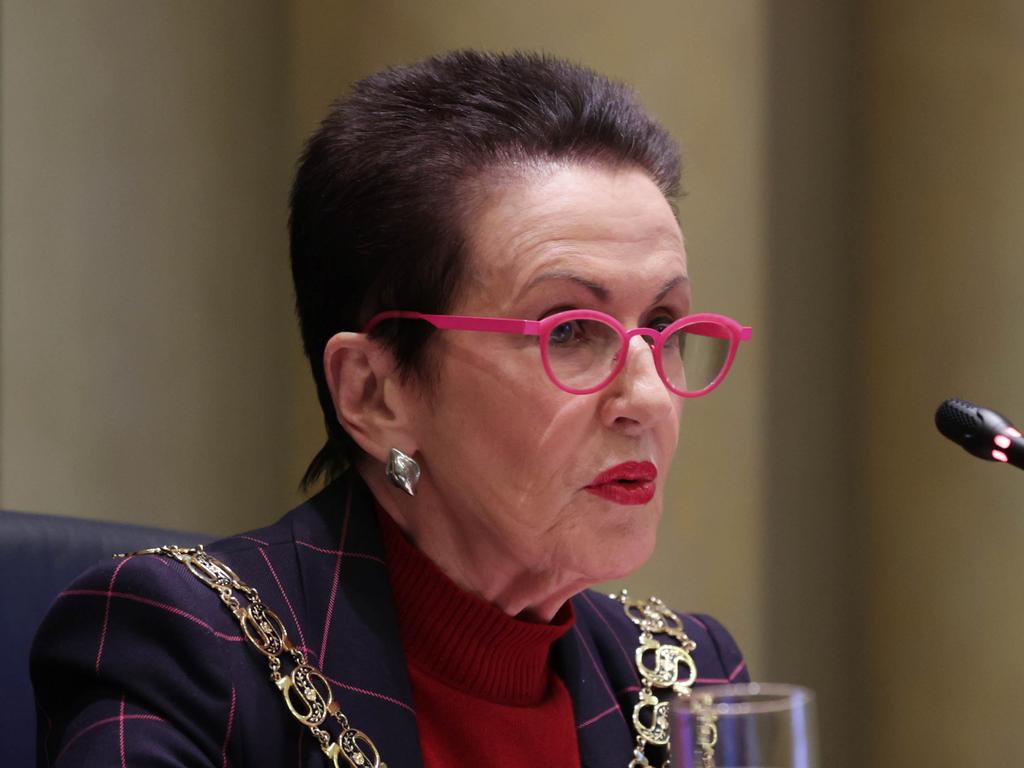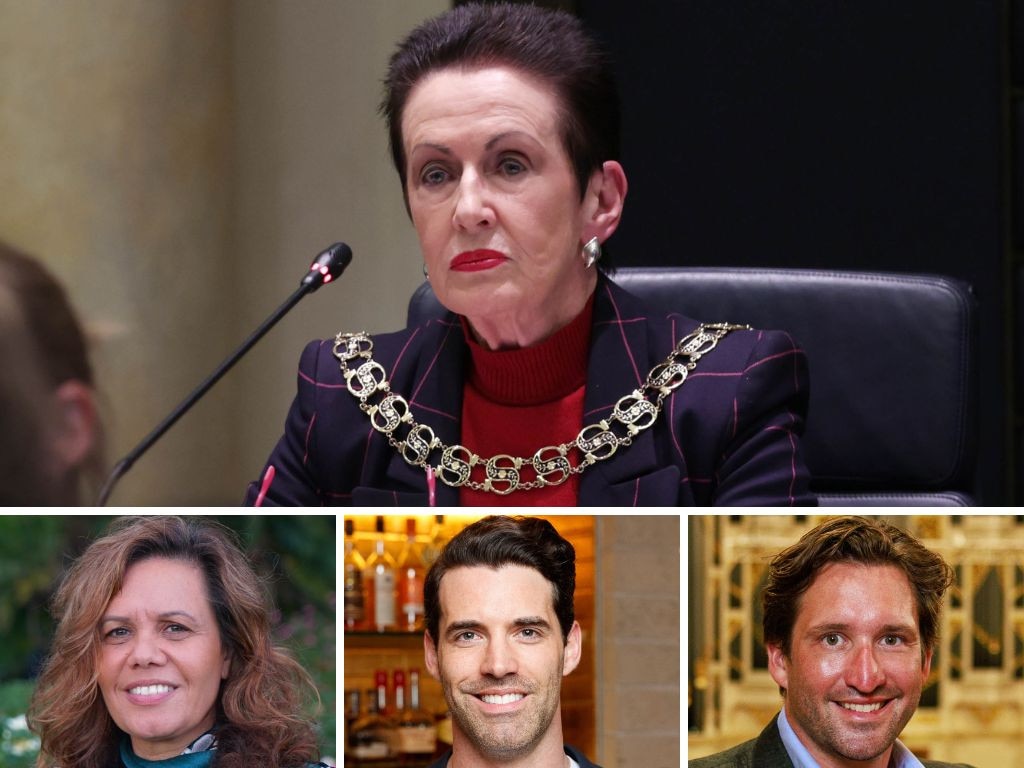Sydney Lord Mayor Clover Moore urged to abandon village mentality
Candidates and industry voices looking to shift the future of Sydney away from Lord Mayor Clover Moore have united around housing reform.
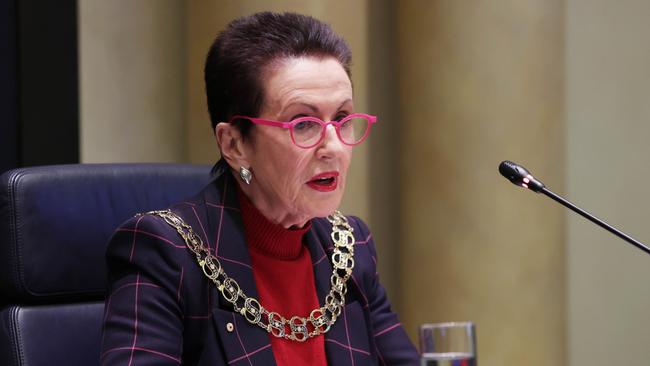
You can now listen to The Australian's articles. Give us your feedback.
Sydney’s industry stakeholders are pleading for the city’s future lord mayor to double the number of inner-city residents, with incumbent Clover Moore facing criticism for having created a “city of villages”.
Advocate body Business Sydney urged the City of Sydney council to double the LGA’s population across its next term.
Executive director Paul Nicolaou argued a strong injection of housing and residents was the antidote to decline in the night-time economy, as the city lags behind its state housing targets.
“We need to keep adding to Sydney’s lustre as a global city,” Mr Nicolaou said. “People are the key to building a vibrant city centre and the best way to achieve that is to have more people living in the centre of the city.
“We can replicate the success of other world cities such as London, Paris and Athens where it is commonplace to have big populations living in the heart of the city.”
The 2021 census found Sydney had a population of just below 28,000 compared to Melbourne’s 43,000.
Urban Taskforce chief executive Tom Forrest argued the relatively small and affluent population of Sydney provided no incentive to prioritise housing projects. “The City of Sydney isn’t just for them,” Mr Forrest said. “The City of Sydney is actually for the people of Mount Druitt, Hornsby, Liverpool, Cronulla and Camden as well, because everyone benefits from an orderly development of the centre of the city. To have a city of villages is in contradiction with the idea that you’ll run the city as the commercial centre for the whole of Greater Sydney.
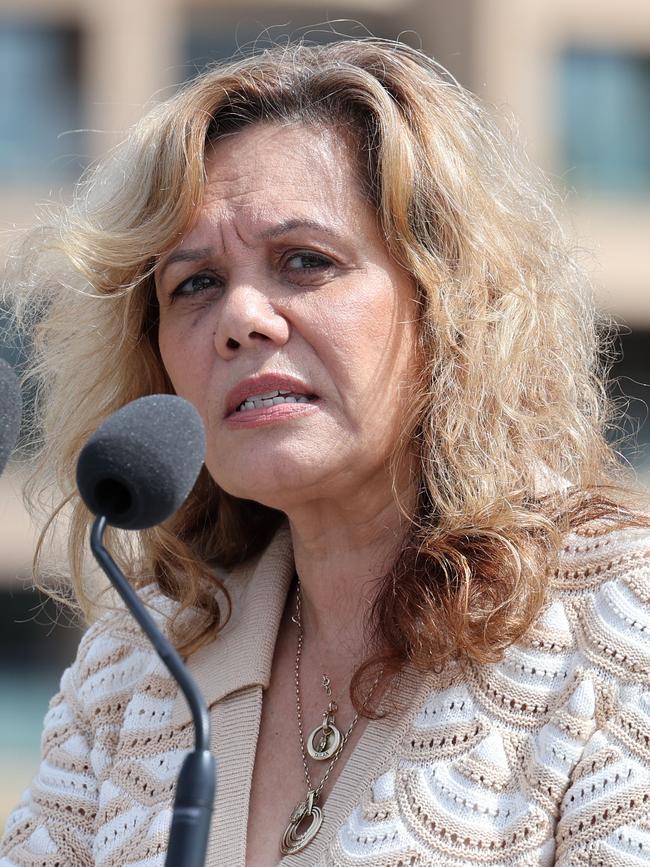
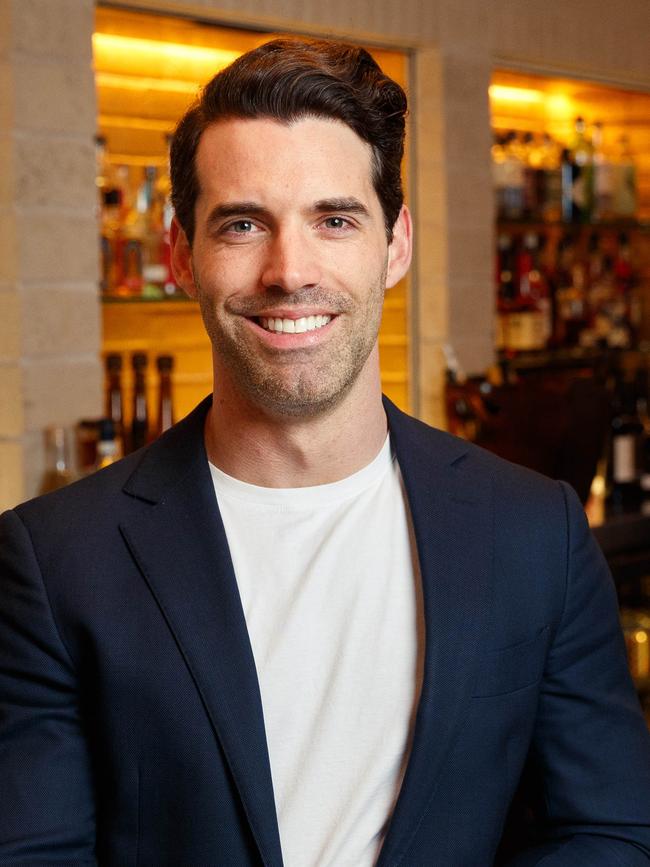
“Every significant development is a battle. When you had the development of Barangaroo it was fought tooth and nail … now we’ve got the opening of Barangaroo station and it’s 600m to the nearest building.
“Barangaroo Central is yet to be finally signed off by the government because of the ‘not in my backyard’ objections.
“What it says is delivering a new underground metro station is easier than navigating the NSW planning system.”
Independent mayoral candidate Yvonne Weldon said she was committed to doubling the local resident count. “Businesses can’t stay open because they don’t have the numbers here,” she said. “So unless you actually have mixed use development in our city, you won’t have a city that’s open.
“The city has an affordable housing fund, and I think we can do more with it.”
She said opaque council processes indicated the incumbent’s unwillingness to develop.
“In the short time I’ve been on council there’s definitely been a need for transparency … To be able to listen to people, you need to consult with them in the first place,” Ms Weldon said.
“Look at waste management. It’s absolutely abysmal and it’s the No. 1 issue I will be emailed on.”
Complaints around the city’s privatised rubbish collection have reached such a fever pitch that one candidate, We Love Sydney’s Sam Danieli, is running on the promise of ridding the city of rats.
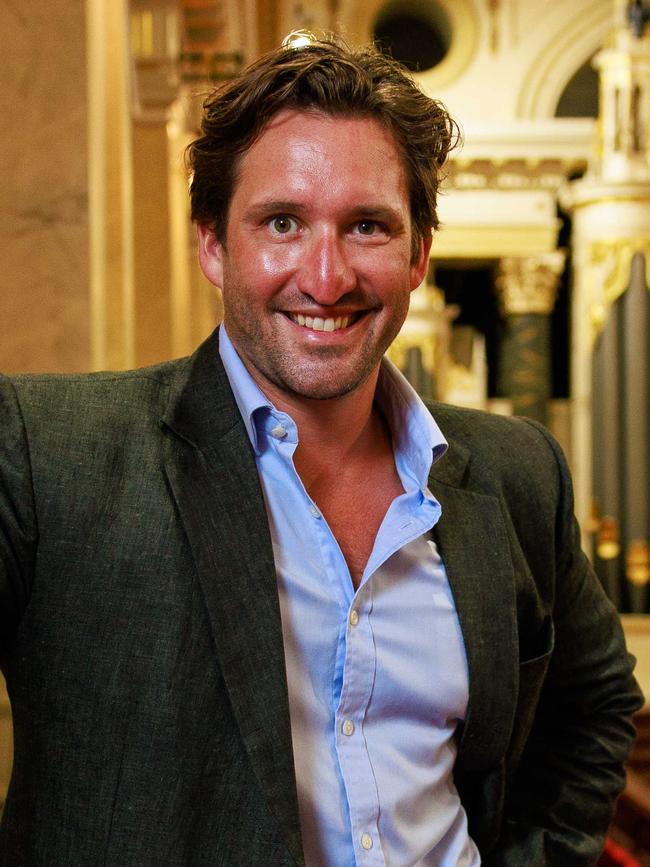
“Ultimately, Clover Moore does not consider (housing) to be council’s responsibility,” Greens candidate Sylvie Ellsmore said.
“She often talks about how … the state government forced all the local councils in NSW to transfer the council housing they owned in the 90s for $1. She will often bring that up as a reason why councils shouldn’t do it anymore, because if we build it again, the state government can just take it away.
“But it’s clearly just a policy.”
Labor candidate Zann Maxwell argued an overemphasis on maintaining the City of Sydney’s AAA credit rating left funds untouched, despite rising unaffordability.
“Clover Moore is hoarding twice as much money as she needs for the highest possible credit rating. That’s not prudent, that is inefficient, especially in a cost-of-living and housing crisis,” he said.
Currently the City of Sydney aims to deliver 12,000 affordable housing dwellings by 2036, which would constitute 7.5 per cent of all residencies.



